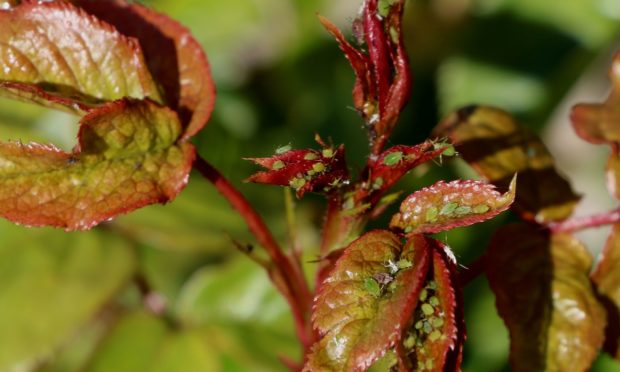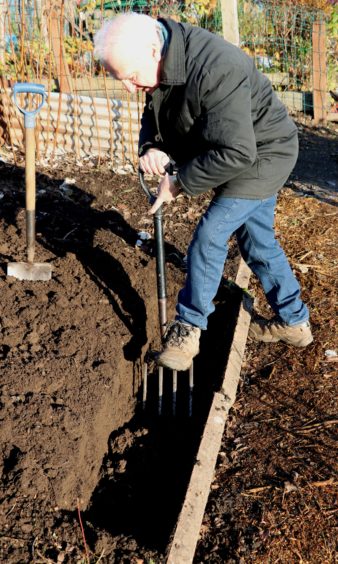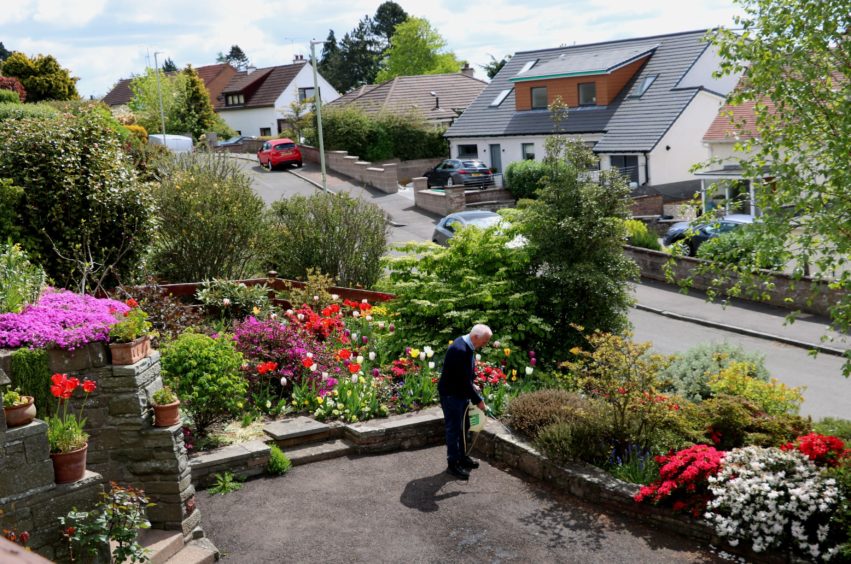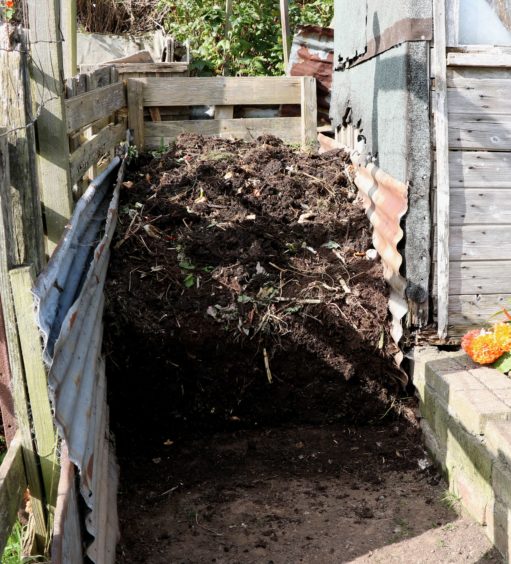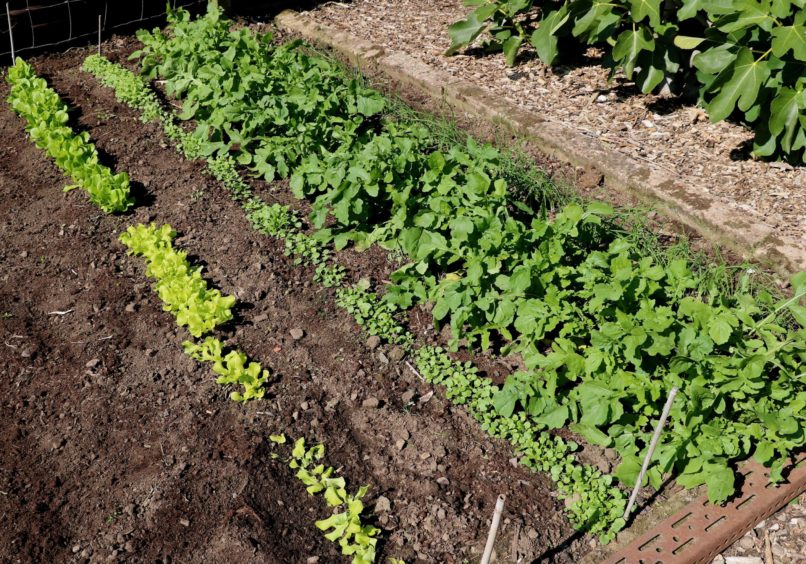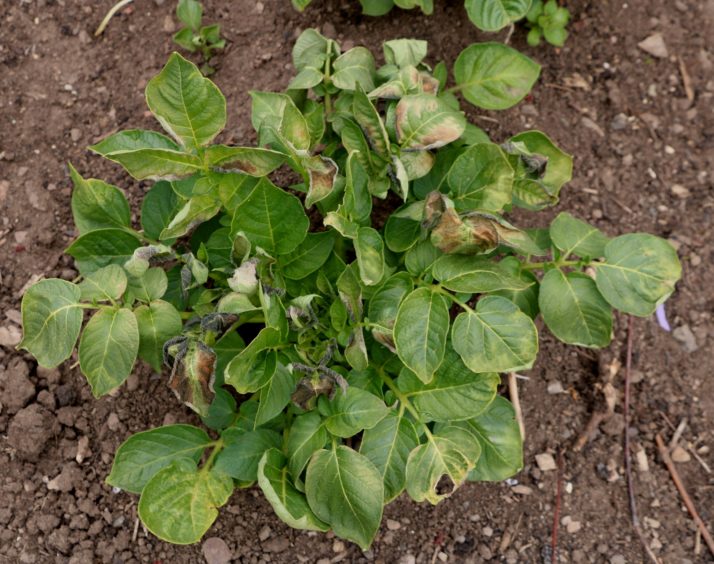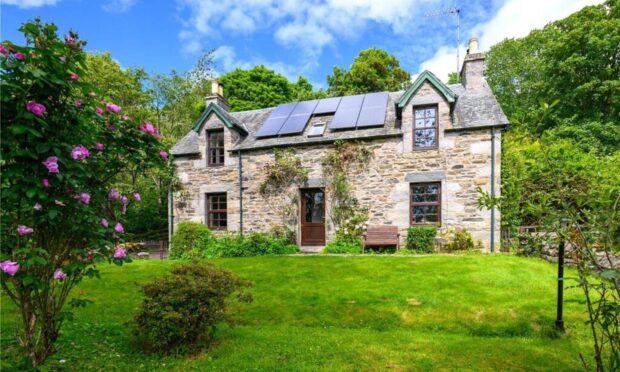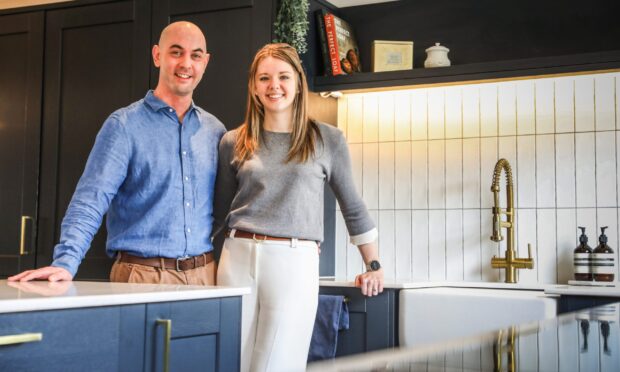Gardens and allotments are playing a major role in providing a haven of peace and tranquillity as so many folk are in lock down, and fear that going out may put them at risk of catching the virus so they turn to gardening to calm the mind and get back to nature.
New Facebook gardening groups appear as folk wish to meet (online) to discuss their new venture and give guidance on how to grow crops.
For my daily exercise it is usually a trip to the allotment to get crops growing and help others out with any technical issues over the garden fence (always at a good distance.)
Mind you even a few of us well trained gardeners sometimes get it wrong.
We have had a few years of mild winters and early spring so sowing and planting dates have been modified to allow for this, assuming it will continue.
Last year I was picking strawberries and the first spuds at the end of May, so planned to continue with the good fortune this year.
Everything was going great. Strawberries were in flower at beginning of May and all my potatoes had been earthed up with good strong foliage six inches above ground.
Then in mid May we got two days of frost. Potato leaves turned black and so did the flowers on my early strawberries.
Notes made in diary for 2021. Any way it let me know that turning to gardening to escape the coronavirus is not all plain sailing.
There are a few problems to look out for and hopefully find a cure. The weather is always a problem, but so are weeds, pests and diseases which are all totally unavoidable.
This year has been perfect for weed killing as the long dry sunny spell caused poor germination of weeds which died easily after hoeing in the sunshine.
Pests and diseases are a different problem, but if you provide a good fertile soil this will grow strong plants more able to withstand pestilence.
Keep a compost heap with every spent plant, grass cuttings, leaves, kitchen waste, shredded wood and paper.
This gets dug in annually to improve the fertility. Grow green manures at every opportunity both early in the season and also after harvesting.
Some early harvested crops like onions, turnips, peas and salads leave plenty time for an autumn crop of clover or tares. Practise deep digging for any permanent crops like fruit trees and bushes and roses.
With fruit crops watch out for sawfly larvae on gooseberries, raspberry beetle maggots and rust on raspberries, slugs and mice on strawberries, vine weevils and greenfly on just about everything.
Large fruit trees are also prone to infestations of the rosy leaf curling aphid on plums and blackfly on cherries.
Then our feathered friends who are always happy to take food from our bird tables and feeders will quickly devour any unprotected cherry trees, strawberries and they just love saskatoons.
Even my astringent chokeberries got lost to marauding blackbirds.
Pigeons are a nightmare with peas and all the brassicas, so protection with nets is compulsory, but even under the protection of nets the rootfly maggots will reach your brassicas unless you give them a collar, which is also a favourite spot for slugs.
Make sure your nets can keep out the cabbage white butterfly or you will have a caterpillar infestation. If your soil has been infected by clubroot fungus it will be necessary to only grow those cabbage, cauliflower and swede s that have been bred for resistance.
Peas and broad beans are a favourite food for the pea and bean weevil so keep checking for notches eaten out from the edges of leaves.
Other pests you are likely to encounter are the carrot fly on your carrots and leaf miner on your beetroot.
Onions are fairly healthy but in wet years white rot can be a problem but then it also affects your potatoes with the blight.
Roses can also be troubled with rust, mildew and blackspot and greenfly just love the young shoots. I may have left a few problems out, and you may not always get all of the above, but we all love a challenge and it is made all the more worthwhile when we sort out these wee problems.
Who said lockdown was going to be a picnic in paradise.
Wee jobs to do this week
The first salads, turnips, parsnips and beetroot grown from seed has now germinated so begin thinning to leave young plants about an inch apart while removing any week seedlings and weeds. Later on remove more to leave plants 6 to 9 inches apart to grow on to mature.
